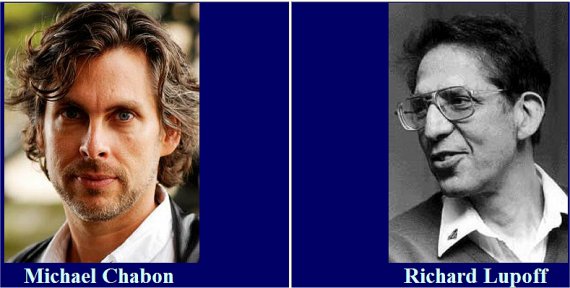



It Features a Narrative Voice Similar to That of Kavalier & Clay

Tablet calls Moonglow Chabon’s “tribute” to this generation. We love a good historical novel sign us up.Ħ. Tom Brokaw helped popularize the phase, referring to the generation of people who grew up during the Great Depression and weathered (or fought in) World War II. It Pays Homage to ‘The Greatest Generation’ I’ve only really ever had something like this happen once before with a book and that was with Wonder Boys.”ĥ. It Came From the Same Place as Wonder BoysĬhabon told The New York Times recently: “At the time that it had originated, I had absolutely no idea where it was coming from. Trust us: We’re writing a list here, too, that you’re reading.*Ĥ. But according to NPR’s book critic Maureen Corrigan, Chabon does a really good job of it. If you’re like us, the last time you tried to crack a David Foster Wallace novel and hit the first footnote, your mind went elsewhere. In the book’s author’s note, Chabon says he’s taken “liberties with the truth with due abandon.” The main character in Moonglow is a man named “my grandfather,” who is telling his grandson a number of criss-crossing tales on his deathbed in-you guessed it-Oakland, California. It’s Kinda Sorta a Memoir (But It Actually Isn’t) The stories his grandfather told from his deathbed drained into Chabon’s latest novel.Ģ. (It hit bookshelves on November 22.) Below, we’ve rounded up seven reasons why you should drop everything you’re doing and read Moonglow right now.īack in 1989, Chabon visited his terminally ill grandfather in Oakland, California. Chabon has continued publishing pretty regularly since Kavalier & Clay.


 0 kommentar(er)
0 kommentar(er)
